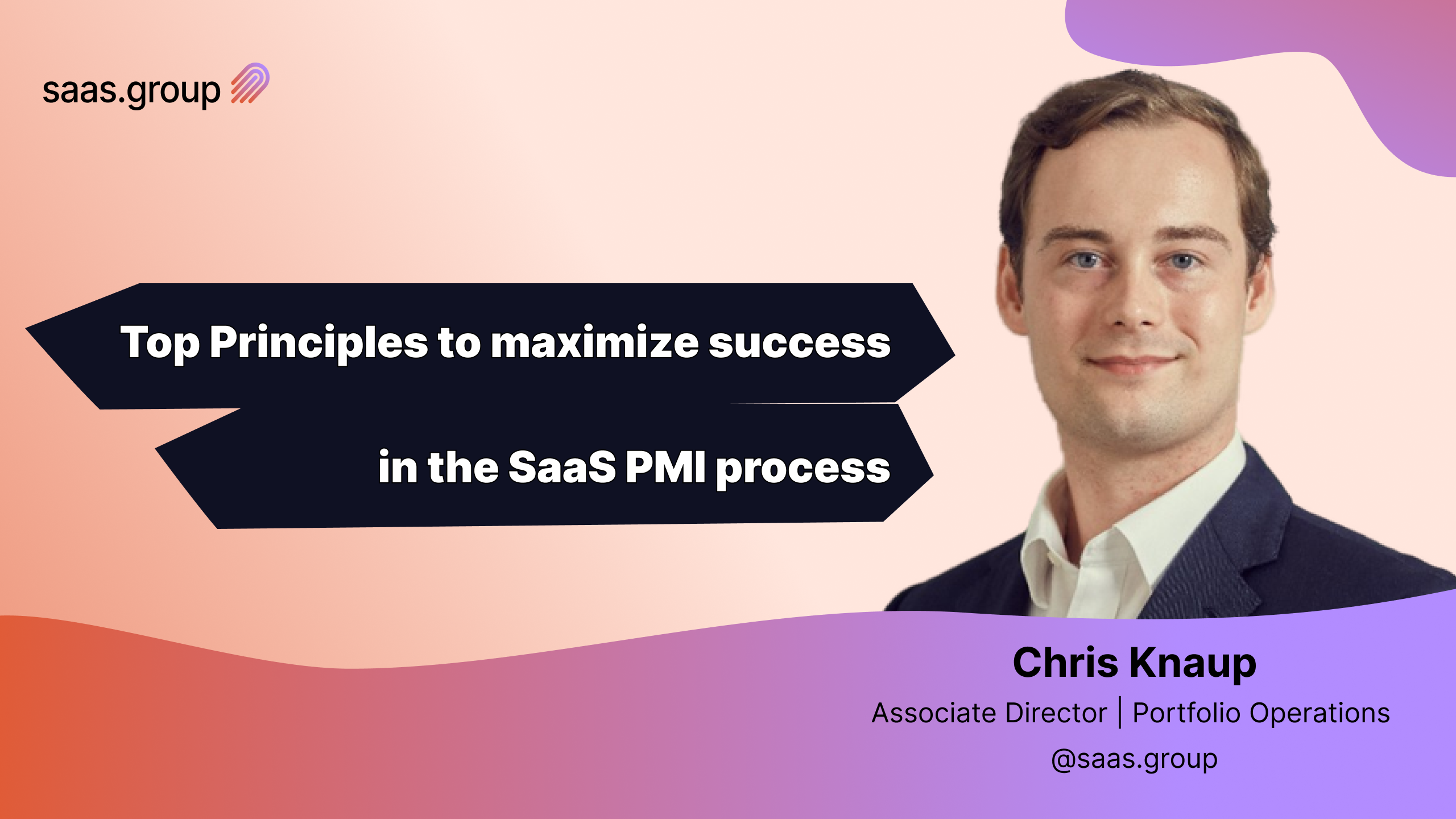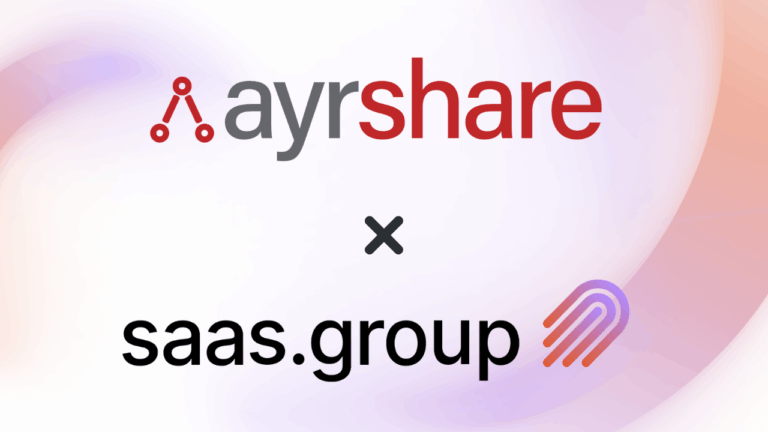It is well-established that the majority of acquisitions fail. For instance, a survey by Bain & Co revealed that 60% of all deals did not meet internal expectations. However, with the right strategy, you can avoid common pitfalls and drive a successful integration. Focus on building trust, aligning goals, and prioritizing key decisions to ensure a smoother transition and maximize the value for all stakeholders involved. Here are our top principles for optimizing the SaaS acquisition process:
1. Establish Trust Early in SaaS Acquisitions
Build trust with the acquired team from day one. Show you’re on their side and make an effort to ease their transition. Trust fosters collaboration and helps teams align toward shared goals, which is critical for serial SaaS acquirers aiming to grow their portfolios.
2. Create a Clear Governance Framework for SaaS M&A
Set up a clear governance structure to manage decision-making effectively. Be honest about the fact that one team might have more influence—this clarity helps avoid confusion and power struggles later on. For SaaS buyers, clarity in governance is key to ensuring the SaaS exit process results in long-term success.
3. Engage Early in SaaS M&A Due Diligence
Understand the key issues discussed during the deal and identify potential challenges. By providing feedback to the deal-makers on what will be the real operational hurdles, you can prepare for a smoother integration. Early engagement of the integration team with SaaS M&A due diligence helps address challenges before they escalate.
4. Define a Value Creation Plan and Prioritize Key Decisions
Focus on the most important decisions that align with long-term objectives, demonstrating trust in leadership and keeping the process on track. Clearly outline how value will be created post-acquisition, involve key stakeholders, and align teams on strategic goals. Defining the end-state operating model helps teams make confident decisions, fostering trust and ownership throughout the process. This principle is central for SaaS acquirers who are focused on sustainable growth.
5. Understand and Align on the SaaS Acquisition Deal Structure
Get a clear understanding of the deal’s structure and incentives. It is widely known that an earnout can be both the most motivating and demotivating incentive, especially one year post-acquisition as it becomes apparent how the likely outcome will unfold. Make sure both sides are aligned on how to achieve success together and continue to have frank and open conversations throughout the earnout period to stay on the same page. This alignment is particularly important when founders sell a SaaS business.
6. Support Leadership Teams During SaaS Exits
Identify areas where management, especially those new to your company’s culture and processes, may need help. Provide informal guidance to leaders from the acquired company to help them succeed with the host organization. The integration team is also an informal advisor to the acquired management on how to adapt to the new company. Supporting leadership is crucial when founders transition after a SaaS exit.
7. Prepare for the Unexpected in SaaS M&A
Integrations rarely go exactly as planned, so be ready to face challenges. Stay flexible, adapt quickly, and support your teams when things don’t go smoothly. Being prepared ensures resilience when hurdles arise, a vital trait for serial SaaS acquirers during post-acquisition transitions.
By following these core principles, your integration process will have a strong foundation. With trust, clarity, and a focus on high-impact actions, you can navigate the complexities of SaaS M&A and ensure long-term success.
Table of Contents
Weekly newsletter
No spam. Just the latest news and articles from the world of SaaS and Acquisitions.




